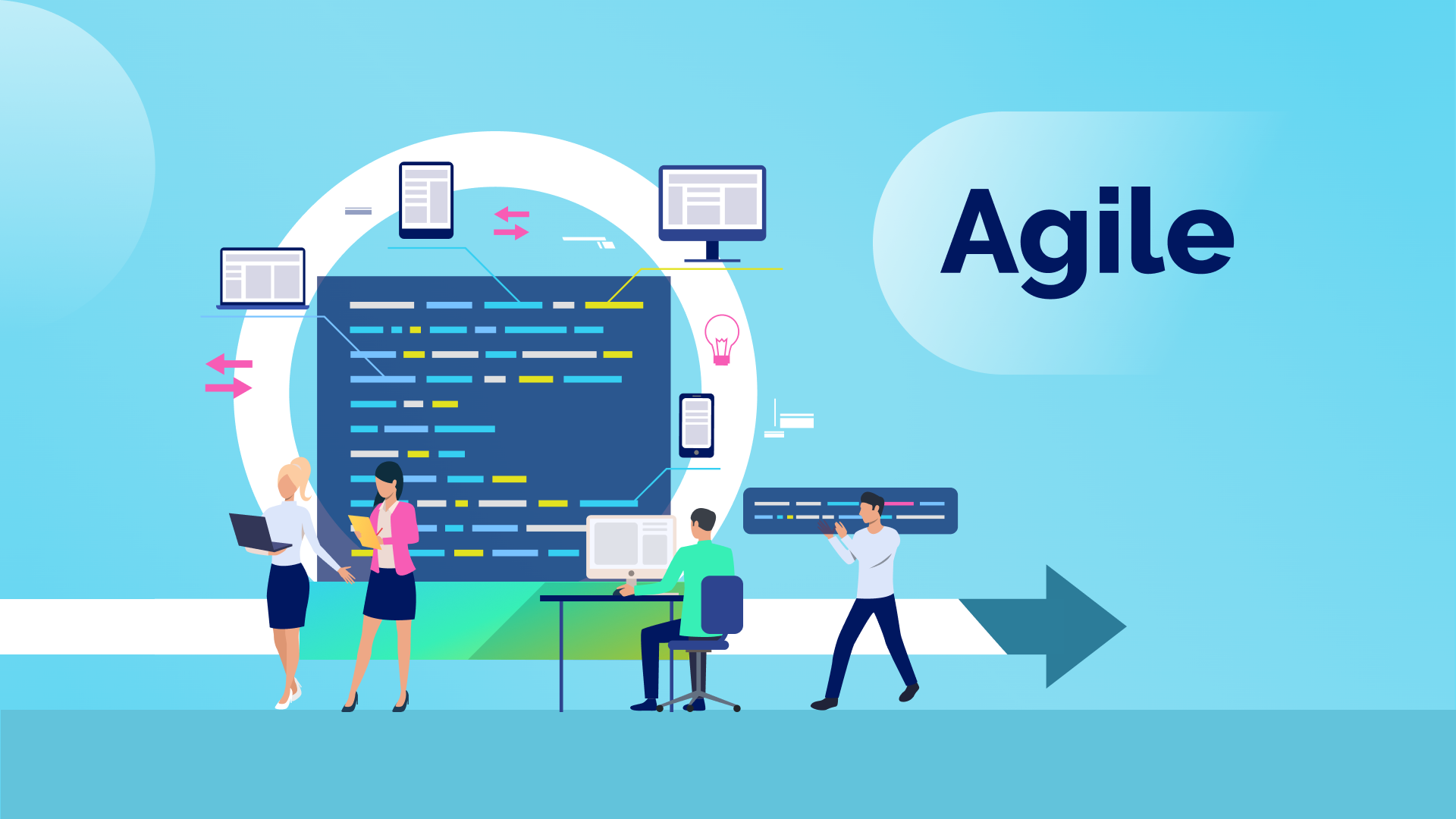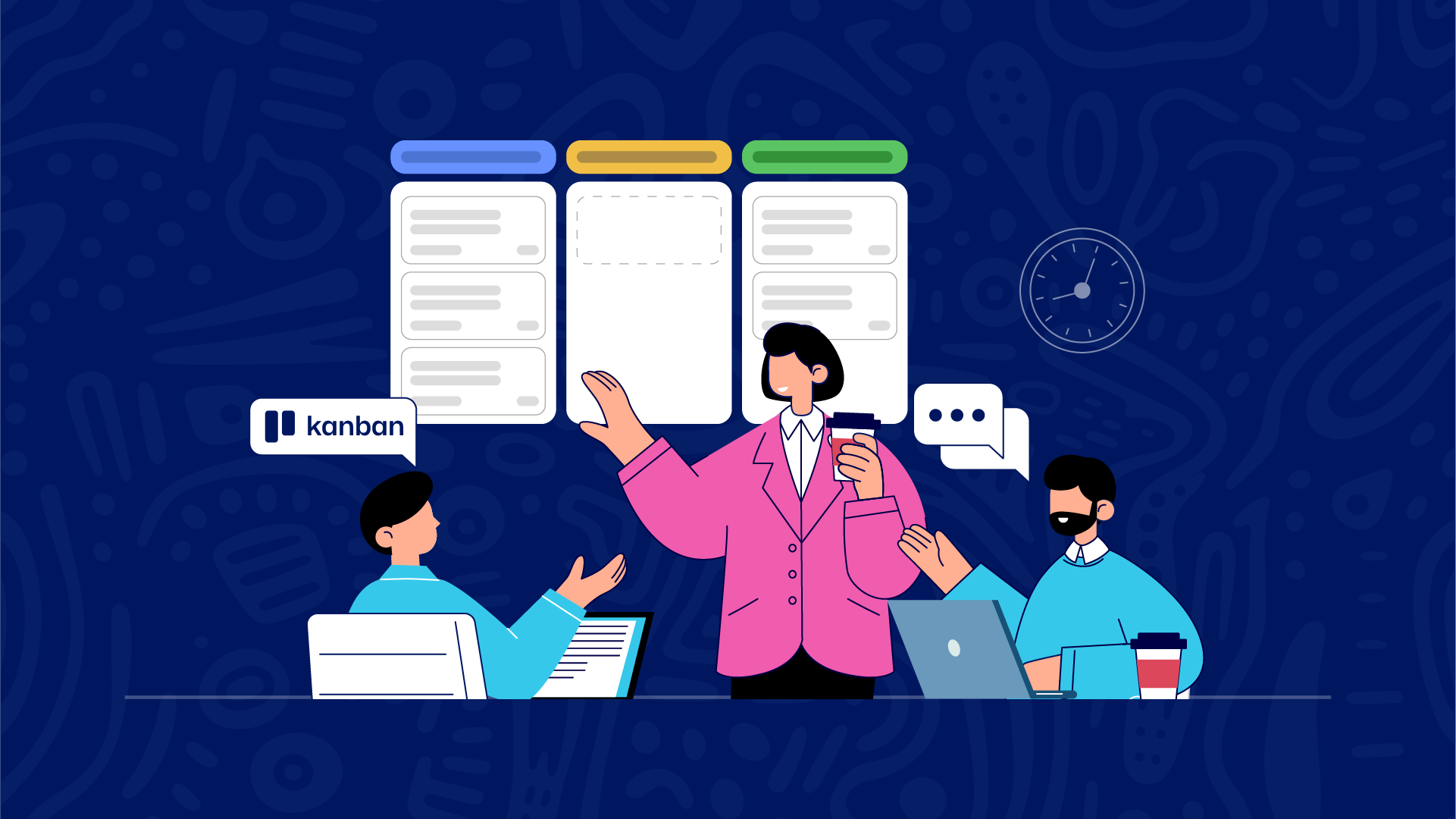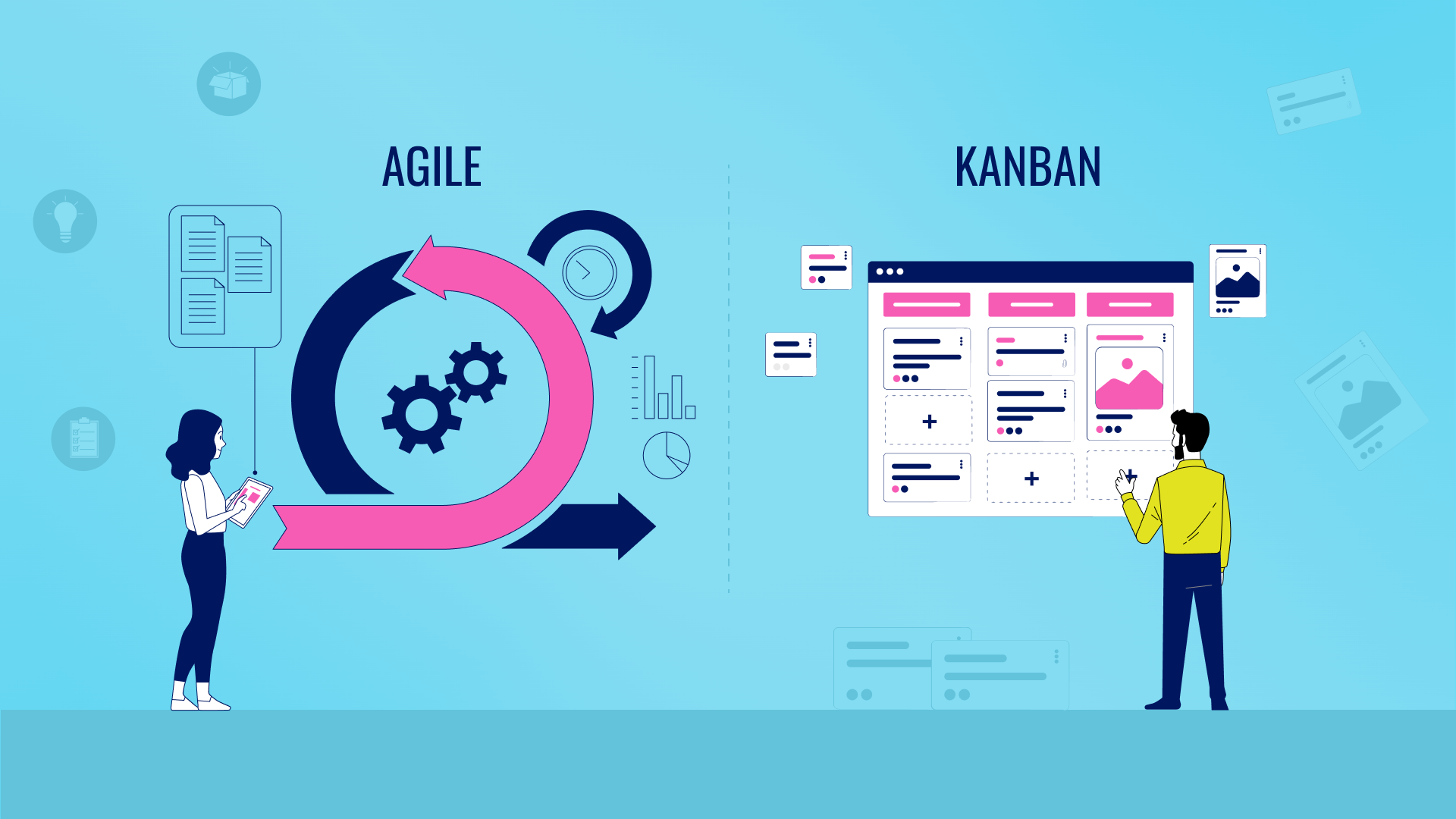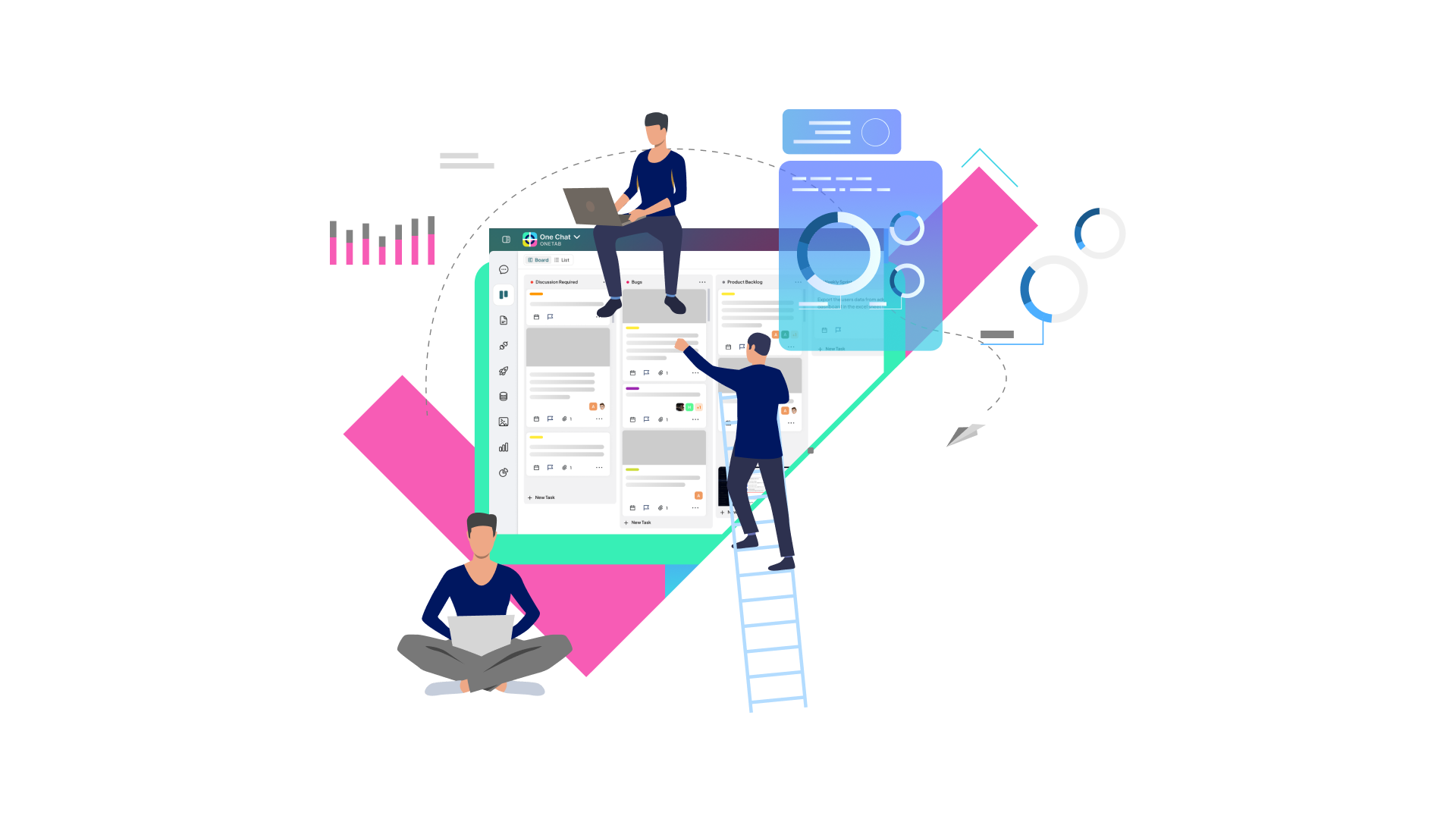Have you ever wondered why some projects succeed effortlessly while others struggle at every turn and face constant setbacks?
It all boils down to effective project management, which is no small feat—juggling timelines, budgets, resources, and team dynamics is challenging.
For project managers, choosing the right project management method can mean the difference between success and frustration. This is where Agile and Traditional project management methods, two widely used methoologies, come into play.
Understanding their differences can streamline the planning process and improve outcomes. It would help you minimize common pain points like scope changes and communication gaps as well.
This blog compares and contrasts Agile and Traditional project management methodologies to guide you in making the best choice.
Let’s dive in!
What Is Agile Project Management Methodology?
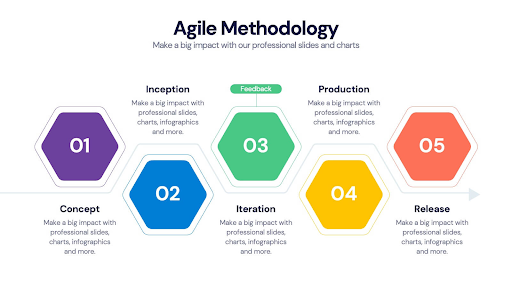
Agile project management is a flexible, team-oriented approach that leans on iterative progress, close customer collaboration, and continuous improvement.
It focuses on delivering small, workable tasks of the project at each stage, making it easier for Agile teams to gather feedback and make quick adjustments.
The key Agile methodologies include:
- Scrum (focused on sprint cycles)
- Kanban (visual task management)
- Extreme Programming (prioritizing high-quality coding practices)
Choosing the Agile approach is ideal for software development projects where requirements might change based on user feedback. Project managers can quickly adapt plans and deliver ongoing value, ensuring alignment with client needs at each step.
| Read more: Kanban vs. Scrum: What’s the Difference? |
Benefits of adopting the Agile project management method
Here are some benefits of adopting the Agile method:
- Faster time-to-market: Agile’s iterative approach speeds up delivery. Teams release parts of the project faster, allowing clients to start benefiting from it sooner
- Improved product quality: Continuous testing and feedback loops in agile reduce errors and ensure the end product meets high standards.
- Increased customer satisfaction: Regular updates and adaptations based on client feedback keep customers engaged and ensure the final product aligns with their needs
- Enhanced team collaboration: Agile encourages open communication and frequent check-ins, creating a cohesive, responsive Team environment
What Is Traditional Project Management Methodology?
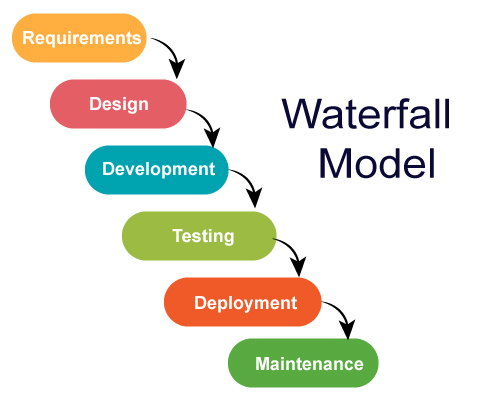
Traditional project management (also known as the Waterfall method) follows a structured, linear approach with defined stages—from initiation to planning, execution, and closure. It also aims for strict control over resources, timelines, and budgets.
In this method, each phase must be completed before moving to the next, making it ideal for projects with clear requirements and minimal changes.
The key Traditional methodologies include:
- Waterfall (a step-by-step process)
- PRINCE2 (process-based)
- PMBOK (Project Management Body of Knowledge)
Additionally, Traditional project management suits projects where each step depends on the previous one. For project managers, this approach provides clear milestones, reducing risks and ensuring predictable outcomes.
Benefits of adopting the Traditional project management method
Below are a few benefits of adopting the Traditional method:
- Predictable outcomes: Traditional methods follow a structured plan, making it easier to forecast timelines and costs accurately
- Clear project scope: With all requirements defined at the start, project managers know exactly what needs to be delivered, minimizing scope changes
- Strong control over project risks: Its step-by-step approach and detailed planning help project managers identify and address risks early, ensuring a stable process
- Effective for large-scale projects: Traditional methods work well for complex projects with strict regulatory requirements, where changes could disrupt progress
Key Differences Between Agile and Traditional Project Management
Choosing between Agile and Traditional project management often depends on the unique needs of each project. Both methods have their strengths (as we discussed earlier), but they approach planning, scope, team roles, risk management, and customer involvement differently.
Understanding the differences can help you pick the right method for a more successful project outcome.
Let’s compare the key differences between the two:
| Aspect | Agile Project Management | Traditional Project Management |
| Project Planning | Iterative and flexible; adjusts as needed throughout | Detailed upfront planning with a fixed roadmap |
| Project Scope | Adaptable and evolves based on feedback | Fixed and defined scope from the start |
| Team Roles | Cross-functional teams with flexible roles | Specialized roles with defined responsibilities |
| Risk Management | Continuous risk assessment and proactive mitigation | Proactive risk identification in early stages |
| Customer Involvement | High level of customer involvement and frequent feedback | Limited customer involvement after initial planning |
Choosing the Right Methodology for Your Project
Selecting the best project management methodology depends on multiple factors, from project complexity to client expectations. Here’s what to consider when deciding between Agile and Traditional:
1. Assess project type and complexity
If the project has evolving requirements or complex workflows, consider Agile management as it allows teams to make real-time adjustments.
For projects with fixed, predictable goals, Traditional management may provide a structured roadmap.
2. Understand client preferences and expectations
Check if the client prefers to be closely involved, providing feedback throughout the project. For them, Agile’s collaborative framework would work well.
If a client prefers a single, finished product with fewer updates, a Traditional approach, with its emphasis on upfront planning and limited changes, may be more effective.
3. Evaluate team experience and skills
Assess if your team is skilled in self-management and cross-functional work. If so, Agile might be a great fit.
However, if your team has specialized skills and functions best with clear, established roles, the defined structure of Traditional project management may better support their strengths.
| Note: Leveraging a project management software that supports both Agile and Traditional methods can also simplify the workflows. These tools allow you to manage your project’s timeline, track changes, and keep everyone aligned, whether you need flexibility or structure. |
How Onetab Supports Agile and Traditional Project Management?
Onetab.ai is an all-in-one project management platform designed to streamline the software development process and boost productivity.
By bringing together all the essential tools that project managers and developers need under one roof, Onetab eliminates the hassle of switching between multiple applications. This means you can save time and effort, allowing your teams to focus on what truly matters.
Key features of Onetab
Onetab’s capabilities are perfect for both Agile and Traditional project management. They help teams stay organized, communicate efficiently, and stay on top of their goals. Here’s how each feature supports both methodologies:
1. Visualize progress with One Kanban
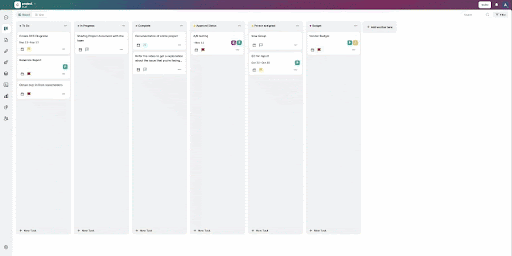
Move tasks in One Kanban board and keep track of progress
With One Kanban, you can easily track your project’s progress. For Agile teams, this visual tool lets you move tasks across boards in real-time, helping you adapt as priorities shift.
For Traditional teams, One Kanban helps you track milestones and deadlines clearly, ensuring that everyone stays on schedule.
2. Streamline communication with One Chat
To keep your team connected with real-time messaging, making discussions fast and efficient, you can rely on One Chat.
Ask for quick updates and collaborate with teams in real time using One Chat
Whether you’re in an Agile sprint review or a Traditional project meeting, you can send quick updates or ask questions without missing a beat.
3. Automate development with One CI/CD

Create, store, and manage your code easily with One CI/CD
If you’re part of an Agile team, One CI/CD can help you automate code testing and deployment. This means fewer manual tasks and less risk of errors, so you can focus on delivering high-quality code faster.
Traditional teams also benefit, ensuring consistent releases and smoother integration across long-term projects.
| Read more: What Is CI/CD and How Does It Work: Concepts, Tools, and Best Practices |
4. Leverage AI for coding with One Code AI
Generate HTML and CSS code quickly using One Code AI
Using One Code AI, you can quickly convert design files into clean HTML and CSS code. Agile teams can speed up prototyping and Traditional teams can automate repetitive tasks and focus on large-scale development.
5. Track progress with One Analytics
Gain access to key insights with One Analytics
You can easily monitor progress and performance using One Analytics. Agile teams use this tool to analyze sprint data, while Traditional teams rely on it for tracking long-term project trends.
6. Generate reports effortlessly with One Report
Analyze data and generate easy-to-understand reports using One Report
Whether you’re compiling data for Agile retrospectives or Traditional project reviews, One Report lets you create detailed reports without the hassle. It saves time and ensures your team always has up-to-date information on project performance.
7. Collaborate in real-time with One Doc
Write and edit notes, add images, and collaborate with teams using One Doc
With One Doc, you can create, edit, and share documents in real-time, whether you’re drafting a user story or documenting project milestones. It’s a great way to keep everyone aligned and focused on your goals.
Streamline Your Project Management Efforts with Onetab!
Choosing the right project management methodology is key to achieving your goals efficiently. With Onetab.ai, you have a versatile tool that supports both Agile and Traditional approaches, giving you the flexibility to adapt to each project’s needs.
By centralizing essential features—like Kanban boards, real-time chat, CI/CD automation, and more—Onetab simplifies your workflow, saving time and improving collaboration.
Sign up with Onetab.ai today and see how effortless project management can be!
FAQs
1. What is the best project management methodology?
There’s no one-size-fits-all; the best methodology depends on your project’s needs. Agile is ideal for flexibility and rapid changes, while traditional approaches work well for well-defined, structured projects.
2. Can Agile and Traditional methodologies be combined?
Yes, combining Agile’s adaptability with Traditional’s structure can create a balanced approach, often called hybrid project management, to suit diverse project requirements.
3. How can I improve my project management skills?
Use Onetab.ai for hands-on experience with tools like Kanban, real-time chat, and analytics to refine your skills and boost efficiency.
4. What are the challenges of Agile and Traditional project management?
Agile may face scope changes, while Traditional may lack flexibility. Onetab.ai simplifies both by offering centralized tools to manage tasks, communication, and reports effectively.
